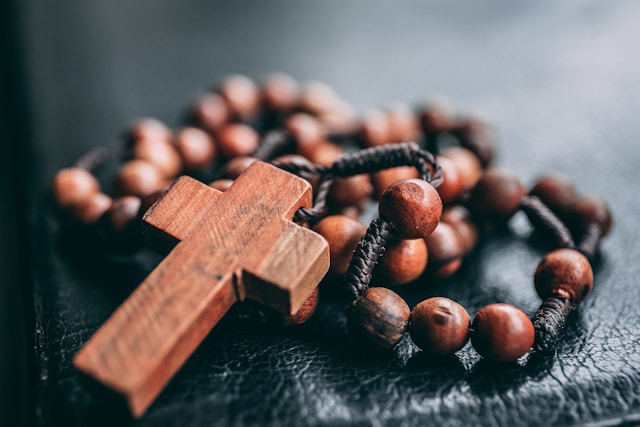The election of Pope Leo XIV in May 2025 has reignited a profound and pressing question concerning the Catholic Church’s vast holdings: the matter of Indigenous artifacts housed within the Vatican Museum. For Indigenous communities in Canada, this papal transition is not merely a change in leadership but a critical juncture for advancing calls for cultural heritage return and substantive justice.
The key figures involved represent both the institution and those demanding accountability. Pope Leo XIV, as the new head of the Roman Catholic Church, inherits the complex legacy of his predecessors, including Pope Francis’s 2022 apology for the Church’s role in Canada’s residential school system. Arrayed with expectations are Indigenous leaders and advocates. Mason, an Indigenous advocate from Winnipeg, articulates a common sentiment, hoping Pope Leo XIV will build upon the reconciliation efforts. Conversely, Geraldine Shingoose, a Residential School survivor, expresses a deep-seated skepticism, emphasizing that apologies alone are insufficient. She calls for direct dialogue between the new Pope and survivors, not intermediaries. Cindy Woodhouse, National Chief of the Assembly of First Nations, echoes the need for continued reconciliation, specifically highlighting the crucial issue of Indigenous artifacts repatriation.
At the heart of the matter is the urgent demand for the return of Indigenous cultural items from the Vatican’s permanent collection. These are not mere curiosities but sacred objects, integral to the identity, history, and spiritual practices of various First Nations. The calls for repatriation are intrinsically linked to the broader process of reconciliation for the generational trauma inflicted by residential schools, institutions where the Catholic Church played a significant operational role. While some, like Mason, are cautiously optimistic about Pope Leo XIV continuing the dialogue, Shingoose’s perspective underscores a profound need for more than symbolic gestures. She insists on an unequivocal “admittance to the harms and the wrongs done to the little children that didn’t make it home.” This sentiment reflects a widespread desire for tangible actions that demonstrate genuine remorse and a commitment to restorative justice, including education about the Church’s historical role.
The timeline for these demands is both immediate, following Pope Leo XIV’s May 2025 election, and deeply historical. Pope Francis’s apology in 2022 marked a significant, if overdue, step. However, as Mason observes, “reconciliation is an ongoing process,” one that will span “decades and generations” to mend the profound damage inflicted. The calls for the return of artifacts, therefore, are not new but have gained renewed urgency with the change in papal leadership.
The physical locations central to this issue are the Vatican City, specifically its museums which house these Indigenous artifacts, and Canada, the homeland of the Indigenous peoples seeking their return. The artifacts in question were removed from Canadian soil, often under circumstances shrouded in colonial power dynamics, and transported thousands of kilometres away. Their continued presence in Rome is a stark reminder of historical dispossession.
The fundamental ‘why’ driving these calls for artifact repatriation is rooted in justice and the assertion of cultural sovereignty. These items are considered stolen heritage by many, essential for cultural revitalization and healing within Indigenous communities. The continued retention of these artifacts by one of the world’s wealthiest institutions, as Mason points out, stands in stark contrast to the poverty experienced in many Indigenous communities. For survivors like Geraldine Shingoose and leaders like Chief Woodhouse, the return of these cultural treasures is a necessary component of any meaningful reconciliation, a tangible acknowledgment of past wrongs and a step towards a more equitable future.
The ascension of Pope Leo XIV presents an opportunity for the Catholic Church to demonstrate a genuine commitment to rectifying historical injustices. The calls from Indigenous communities in Canada are clear: dialogue, acknowledgment, and the return of cultural heritage are paramount. The path forward demands more than pronouncements; it requires decisive action. The return of these artifacts would not merely be a gesture of goodwill but a significant act of justice, signalling a true turning point in a long and painful history.

